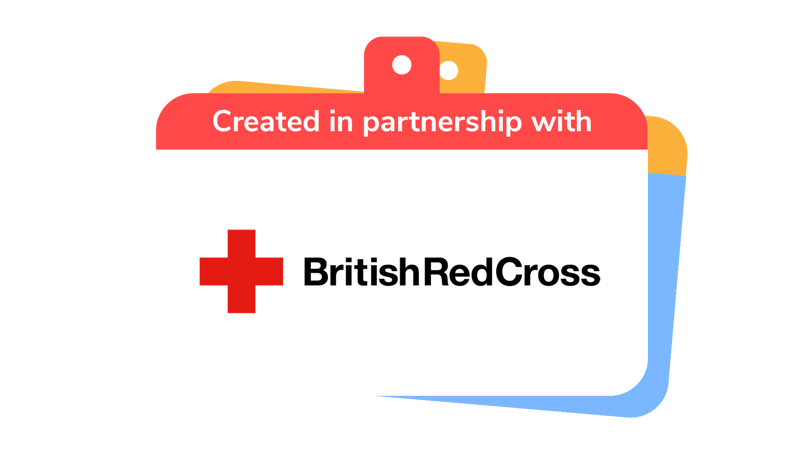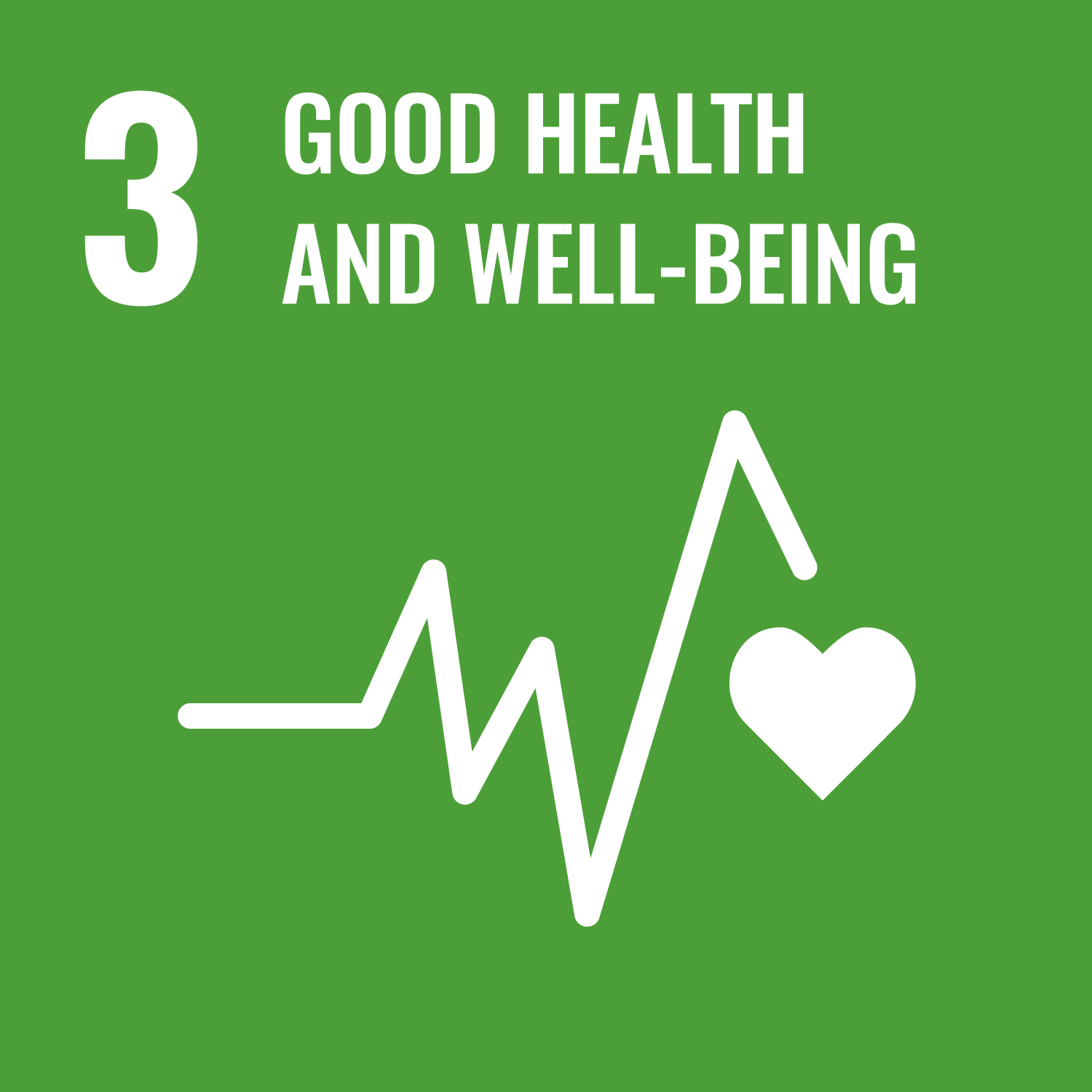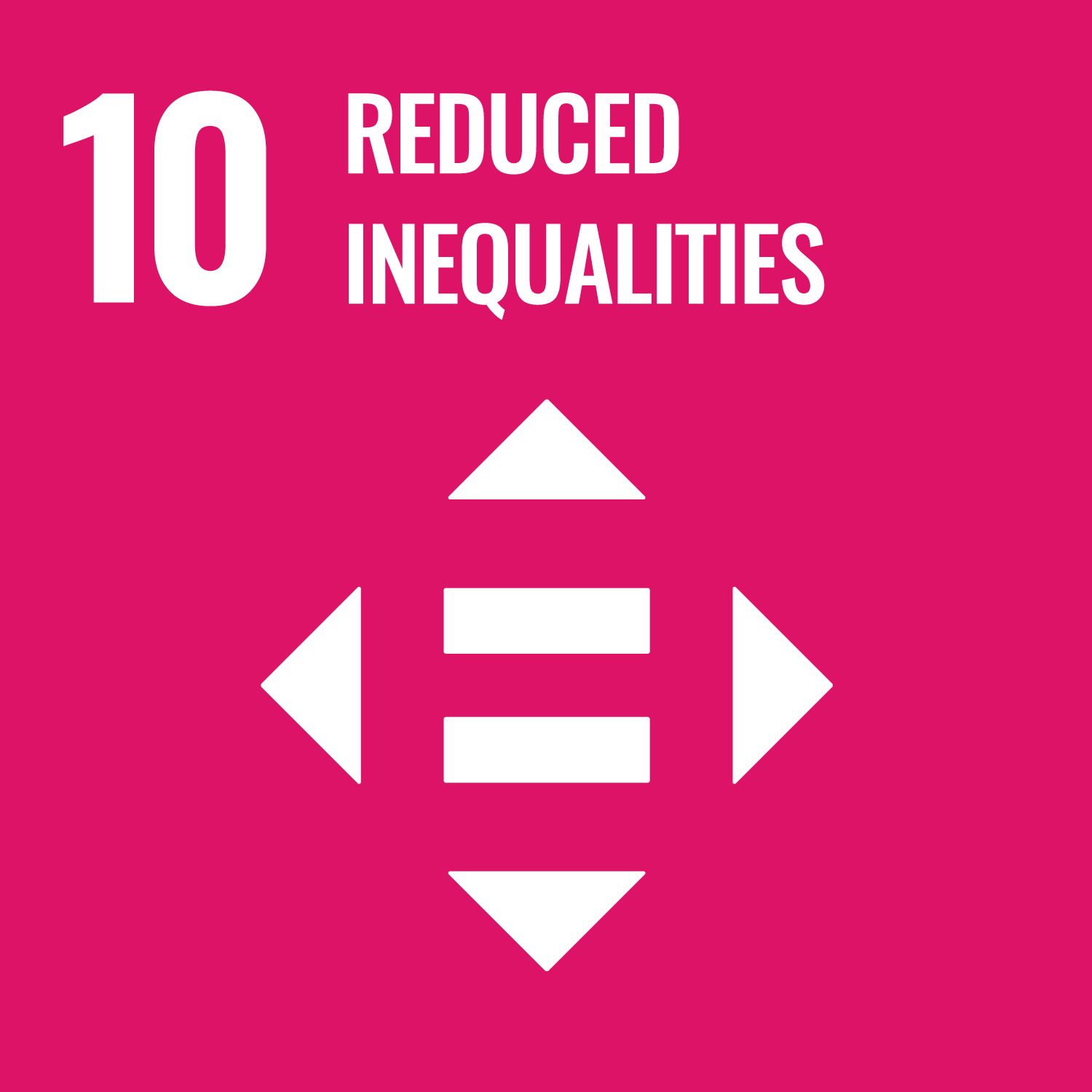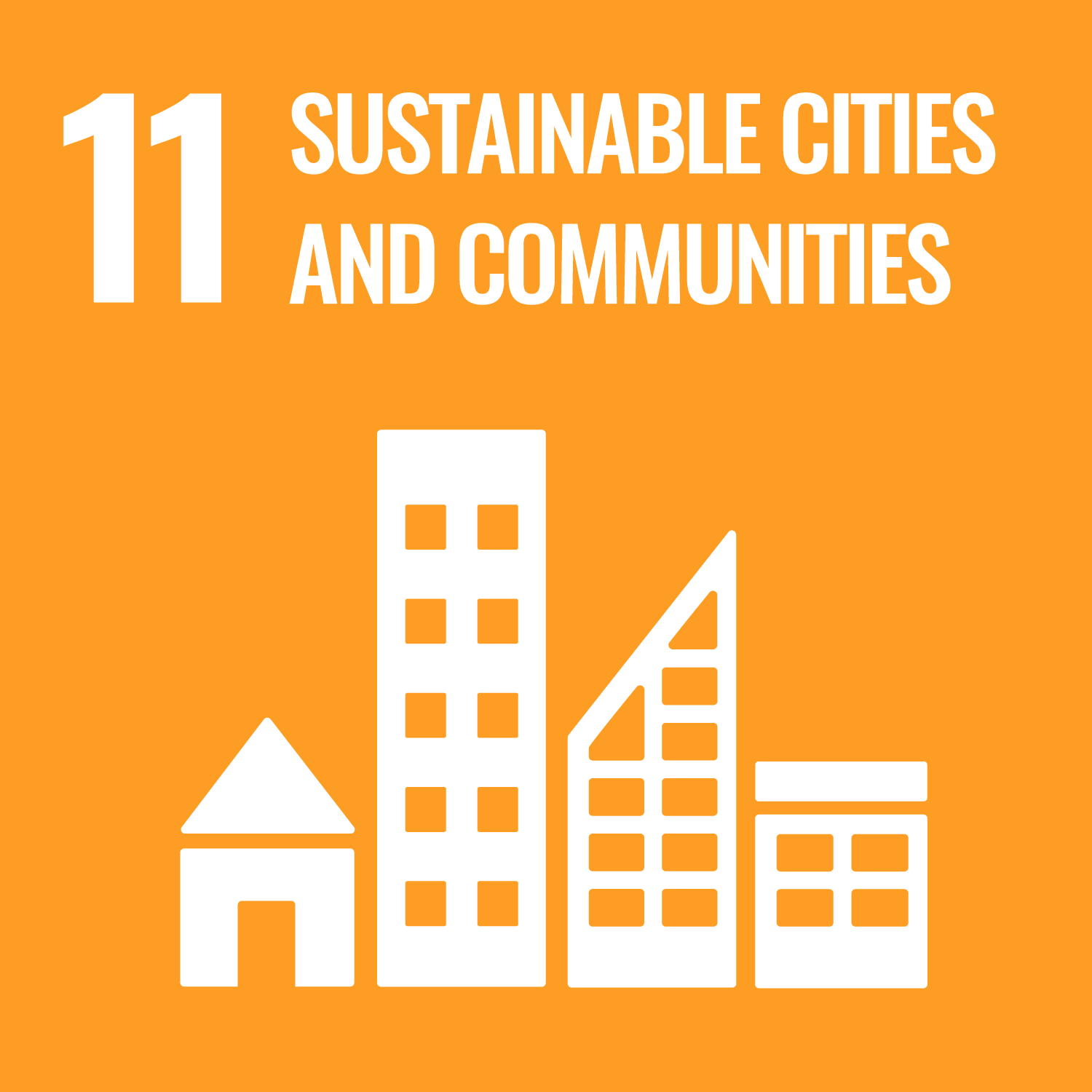
Company and kindness
You’ll need
- Pens or pencils
- Big pieces of paper
- Sticky tack
- Coloured pens or pencils
- Scrap paper
- Scissors
Before you begin
- Use the safety checklist to help you plan and risk assess your activity. Additional help to carry out your risk assessment, including examples can be found here. Don’t forget to make sure all young people and adults involved in the activity know how to take part safely.
- Make sure you’ll have enough adult helpers. You may need some parents and carers to help if you’re short on helpers.
Running this activity
- You may want to try the Combat loneliness with kindness activity so everyone can think about how loneliness feels and learn about loneliness in the UK. For example, nine million people often or always feel lonely.
- Use the ideas below on 'Ways to tackle loneliness’ and some scrap paper to make a set of cards with ideas on them. Remove any you don’t think will work for your group, for example, because of their age or experience.
- Add any other ideas you’d like people to consider to your ideas pile. These may include things, such as ‘Contact local organisations, such as…’ or ‘look at the Lonely, Not Alone website and find out what they’re doing.’
- Run a virtual open meeting to encourage more young people to join your group.
- Organise a virtual Big Lunch for your local community so people can come together online for some tasty food.
- Create an online sock puppet show about youth loneliness and film it to raise awareness. Check out the Lonely, Not Alone website for more information. You could use our Puppet pals activity to help you make your sock puppets.
- Raise awareness of youth loneliness, for example by putting up posters, wearing yellow socks, or sharing images on social media. Check out the Lonely, Not Alone website for more information.
- Creating a list of organisations and groups in the area where people who feel lonely can go and create & distribute a leaflet at key locations e.g. GP surgeries. This could be done in partnership with a charity e.g. British Red Cross.
- Writing cards for people who are lonely, e.g. Season’s Greetings cards and sending to the British Red Cross for distribution.
- Undertaking a virtual intergenerational project e.g. a regular skills sharing session.
- Organising a virtual community activity day to bring different members of the community together e.g. to promote organisations who can support people with loneliness.
- Creating a social media campaign to raise awareness of loneliness.
This short blog is about one person’s experience of loneliness and the strategies they use to cope.
'I live on my own. At the weekend, when I’m not at work, I can sometimes feel a bit lonely – especially if my friends are all busy. This often makes me feel sad, particularly if I haven’t chatted to anyone all day. I wonder if anyone would notice (or care) if I disappeared. Thinking about this makes me even sadder, and then I don’t want to leave my house at all.
I know it isn’t good for me to stay inside and think about being lonely all day, so I have a few strategies that help me when I’m not seeing my friends and I don’t have anything to do:
I take the bus into town and try to start a conversation with people at the bus stop – even if it’s just about the bus times or the weather. Sometimes, I ask for directions to a particular shop or check what the time is… anything to have a bit of human interaction.
I go to some speciality shops, for example, the fishmonger for some fish and the baker for some bread (and maybe a cake, too). The shopkeepers usually chat to me about the food I’m buying as they wrap it up for me. Often, other customers in the shop join in with the conversation.
If I have to go to a supermarket for things that the other shops don’t sell, I don’t use the self-service tills. I’d rather queue up and be served by a cashier – they’re usually very chatty if you make the effort.
There’s a man who sits outside the supermarket; I think he might be homeless. I have the money, I ask him if he’d like a coffee or something to eat. Even when I don’t have any money to spare, I still stop for a chat and he’s still happy to see me.
If someone’s collecting money for a charity, I’ll stop and ask them about the cause. It’s really interesting hearing about all of the different campaigns. Sometimes they encourage me to volunteer for their charity – and I’m thinking about offering to volunteer somewhere nearby.'
Questions to discuss:
- What strategies did the author use to help combat loneliness?
- What do you think of the strategies? Do they work? Do you think some are better than others?
- What do other people need to do to make the strategies work? For example, the people at the bus stop need to be friendly, and the shopkeepers need to be welcoming.
- What else could the author try to help fight loneliness? Are there other strategies they could use?
Have you got time to explore deeper?
- Why not create a drama or roleplay to show these strategies for avoiding loneliness?
- Different groups could work on different versions: one where people are happy to talk to the lonely person and another where people don’t want to get involved.
- What might happen in each version?
- Is it important to be kind to people in your community?
- How should people react to the lonely person?
Put yourself in their shoes
- Everyone should read the ‘Coping with loneliness blog’ together. The person leading the activity could read it out loud, or different people could read different paragraphs.
- Discuss the questions after reading the ‘Coping with loneliness blog’ to identify the strategies the author used and consider how effective they are. You could compare two different scenarios: one where people are happy to chat with the lonely author, and one where people don’t want to get involved. What difference does it make?
- Everyone should split into small groups.
- Each group should think about groups of people in their community who might be especially likely to be lonely.
- After a few minutes, all of the groups should share their ideas. They could think about older people, carers (including young carers), disabled people, people living in rural areas (especially people who can’t drive), people who are homeless, people with mental health problems, refugees and migrants, people who’ve moved to a new area, or people who’ve experienced a bereavement.
What can you do?
- The person leading the activity should explain that research from the British Red Cross found that 81% of people thought they could do a kind act to help people who were lonely.
- Talk about a project such as the Care for Care Homes project and discuss how this helped people in care homes feel less lonely.
- Everyone should think of all the lonely people in their community. It may help to focus on one or two of the groups they identified together.
- People should think of an action they could take to help those people be less lonely, while maintaining social distancing. They should take it in turns to share their ideas, and the person leading the activity should jot them all down on a big piece of paper.
- Everyone should split into pairs.
- Give each pair an idea from the ‘Ways to tackle loneliness’ cards they prepared before the session.
- Each pair should chat about their idea. How helpful do they think it is? Is it something they’d like to try?
- Everyone should share their ideas. If they think it’s a good idea, they should add it to the big piece of paper of ideas.
- Everyone should work together to choose one project to try. They could have a discussion and then vote, for example, by a show of hands or adding sticky dots or ticks to their favourite ideas.
Plan the project and get stuck in
- Everyone should think about what they’ll need to do to make their project a success. Firstly, who are they planning to help?
- They should think about what they’ll do, and what they need to organise to make it happen.
- Everyone should use the Event safety and planning pages to make sure they’ve thought of everything. Even if they’re not planning on running an event, it may remind them of important things, such as risk assessments.
- Once they’re ready, everyone should start their project and follow their plan to make it a success.
- When their project’s finished, everyone should take time to say thank you to any helpers and reflect on the difference they’ve made. Do they want to share the news, for example, on their social media or through local newspapers?

This activity helps contribute towards some of the UN's Sustainable Development Goals. Find out more about the SDGs, and how Scouts across the world are getting involved.



Reflection
https://www.redcross.org.uk/This activity encouraged everyone to care. How does loneliness make people feel? Were people surprised at how many people feel lonely?
How could people’s everyday actions make a difference to others? For example, people could think about being polite if someone starts a conversation about the weather at the bus stop.
Remind everyone to stay safe – they should leave the conversation and tell an adult they trust if someone makes them feel uncomfortable, and they should never give personal information to a stranger.
This activity also gave everyone a chance to help their community. Did everyone’s project help make the world a better place? What need was there in their community? How did their project meet this need?
Safety
All activities must be safely managed. You must complete a thorough risk assessment and take appropriate steps to reduce risk. Use the safety checklist to help you plan and risk assess your activity. Always get approval for the activity, and have suitable supervision and an InTouch process.
- Online safety
Supervise young people when they’re online and give them advice about staying safe. Take a look at our online safety or bullying guidance. The NSPCC offers more advice and guidance, too. If you want to know more about specific social networks and games, Childnet has information and safety tips for apps. You can also report anything that’s worried you online to the Child Exploitation and Online Protection Command. As always, if you’ve got concerns about a young person’s welfare, including their online experiences, follow the Yellow Card to make a report.
You could give people a few ideas to choose from to make it simpler.
For more of a challenge, why not research the issue of loneliness in your community first? People could do a survey or questionnaire.
Whatever you do, make sure your project’s accessible for everyone.
Think about accessibility for your project, such as physical access (for example, for wheelchair users) as well as making the space autism-friendly and making sure there are different ways for people to get involved.
All Scout activities should be inclusive and accessible.
Why not develop this into a regular project as part of stage three or four of your Community Impact Staged Activity Badge?
Discover more at https://www.redcross.org.uk/
